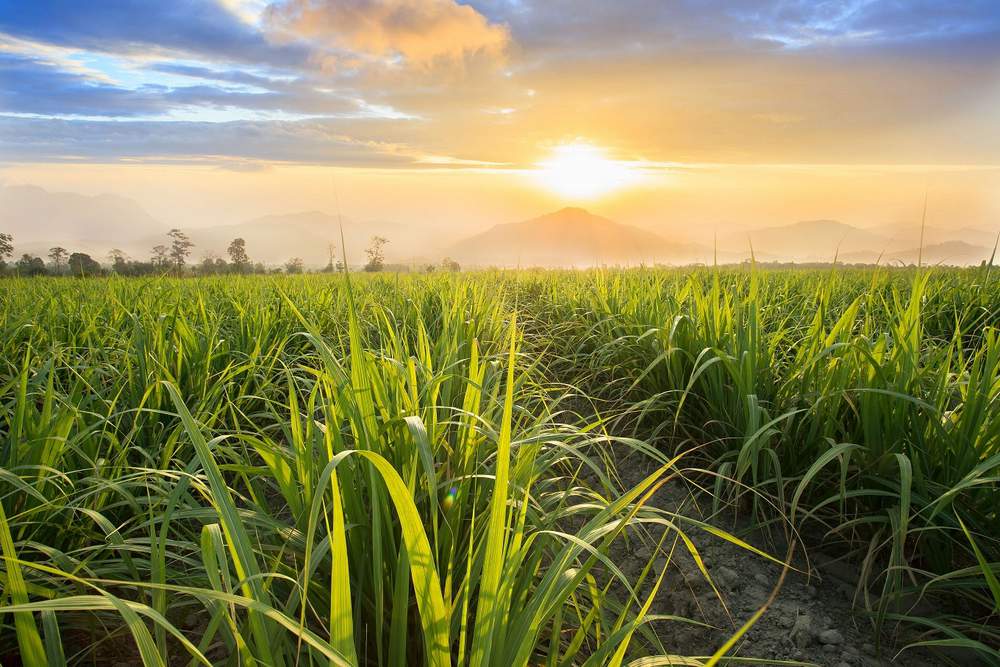Let’s make our way through the lush landscape of Mauritius where history meets nature. Following the rhythm of the songs of the Cape Canaries take a walk through the sugarcane fields down memory lane. Let’s travel back and dive into the history of sugarcane in Mauritius.
Inextricably linked to the history of Mauritius, since its introduction in 1639 by the Dutch, sugarcane farming has been a core component of the Mauritian life. The first sugar cane plant introduced in Mauritius came from Indonesia and was grown at the time, to produce arrack (artisanal rum).
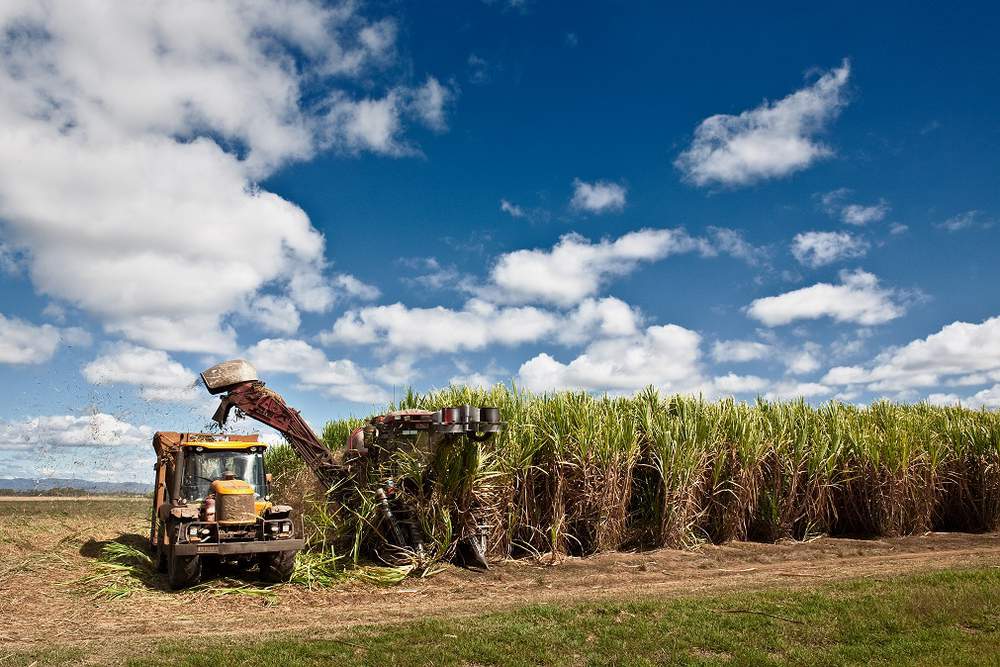
For centuries, sugar cane cultivation only meant the production of rum. Famous throughout the world for its taste, rum is manufactured in four stages: the production of molasses, fermentation, distillation and maturation. Nowadays, sugar cane has a wide range of applications. It can be transformed into; fuel energy, biofuel, fertilizers, eco-sustainable products and constitutes molecules for the chemical industry.
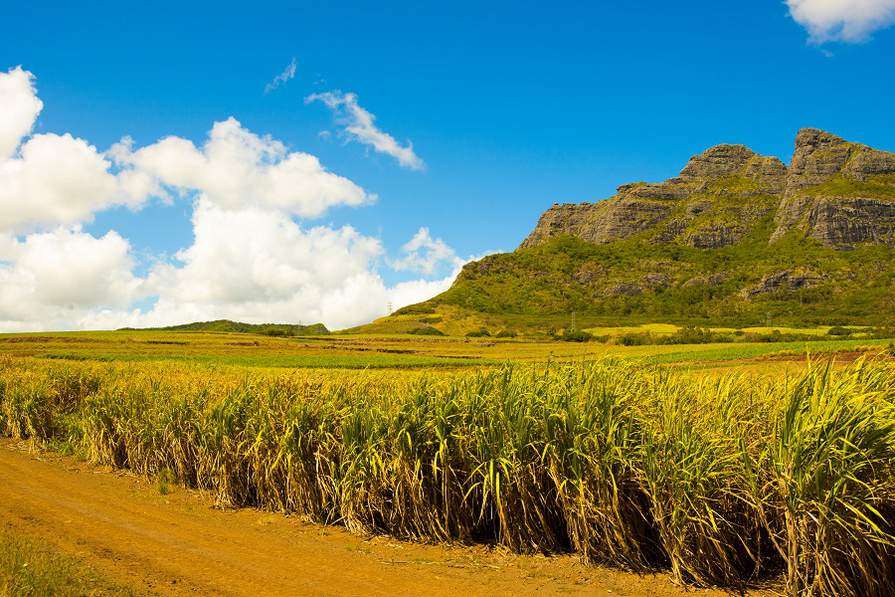
During our trip through the fields, we encounter the “kouper kann” (sugarcane harvester) *. This labourer practice, however, is becoming scarce since machines are taking over their tasks. No need for sickles or ox carts. Machines cut, clean and load the sugarcanes directly into trucks throughout the season from June to December.
* Kreol term for a seasonal agricultural worker who cuts sugar cane during the harvest.
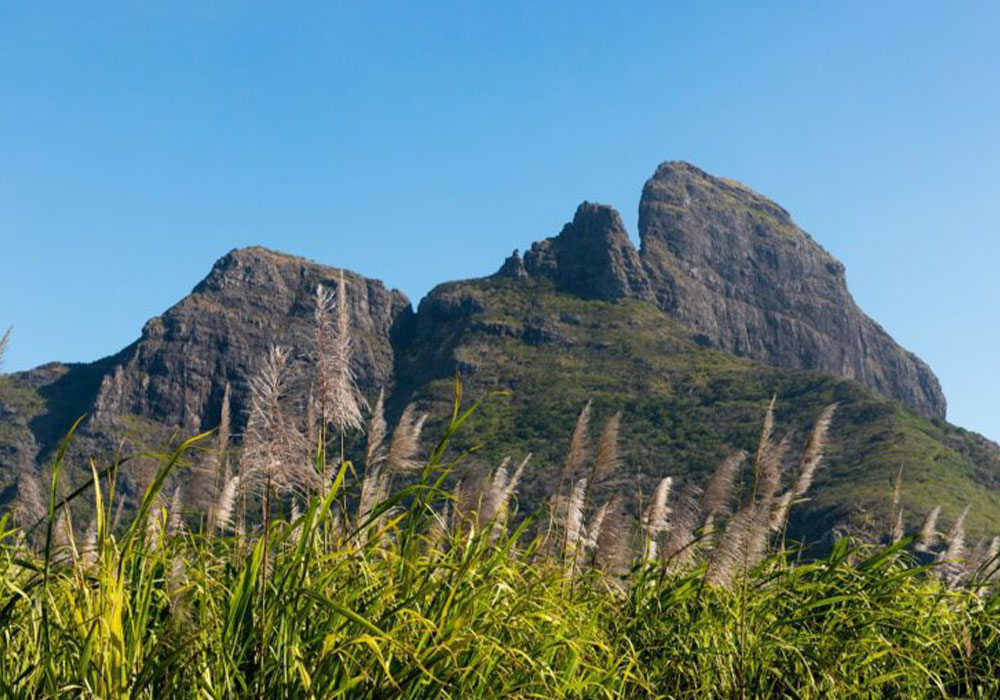 During the harvest season in winter, the Sugar cane blooms during the winter. These wispy feather-like flowers known as “inflorescence”, “arrow” or “tassle” and have a distinctive silvery pink colour. Take the time to make the most of this dazzling show!
During the harvest season in winter, the Sugar cane blooms during the winter. These wispy feather-like flowers known as “inflorescence”, “arrow” or “tassle” and have a distinctive silvery pink colour. Take the time to make the most of this dazzling show!
The beginnings of the sugar industry
In 1715, five years after the departure of the Dutch, Isle de France was placed under the authority of the French East India Company. Around 1745, the sugar industry flourished, and the colonials produced sugar and arrack to supply ships. For this reason, the trade of sugar cane was a commercial success!
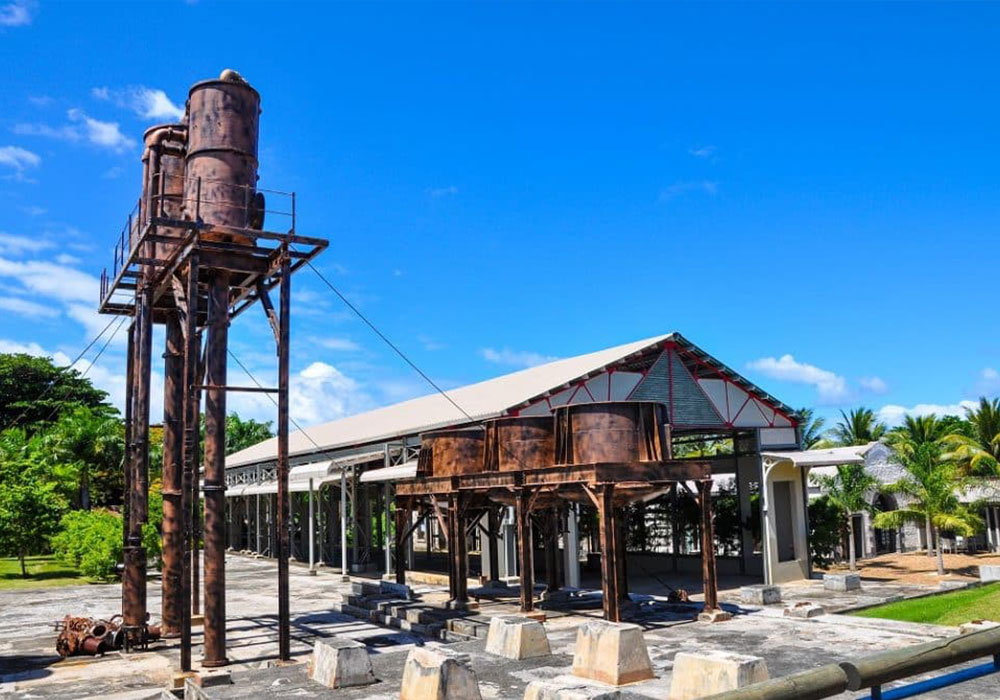
For several decades, sugar estates were at the heart of Mauritian culture. You can still explore the old stone chimneys, the emblem of old sugar estates. From north to south and east to west, they reveal our history and remain an integrated component of our heritage.
The exquisite colonial residences
The magnificent colonial houses, masterpieces of architecture and aesthetics, stand witness of this prosperous time. Several of them withstood the passage of time.
Château de la Villebague
The domain is named after René Magon de la Villebague, a senior officer of the French
East India Company and governor of the Isle of France from 1755 to 1759. For instance, Château de la Villebague was the first sugar estate was the first on the island.
Eureka House
Eureka House was built in 1830 in Moka by Mr Carr, a British dignitary who wanted to be closer to ‘Le Réduit’ where the governor lived. The house was converted into a museum in 1986 and is filled with antiques and photos from the colonial era.
Domaine de Saint-Aubin
Discover “Le Domaine de Saint Aubin”, a sugar estate dating back to 1819 located in the South of Mauritius. Through a guided tour, learn about the manufacturing of traditional agricultural rum, special sugars and vanilla beans.
Château de Labourdonnais
Found in the northern region of the island, in Mapou, “Le Château de Labourdonnais” was built in 1856 by the Wiehe family. The colonial house is the only remains of the sugar estate mill that was dismantled in 1960. The estate diversified its activities with a restaurant, museum and plantation with more than 26 varieties of mango.


